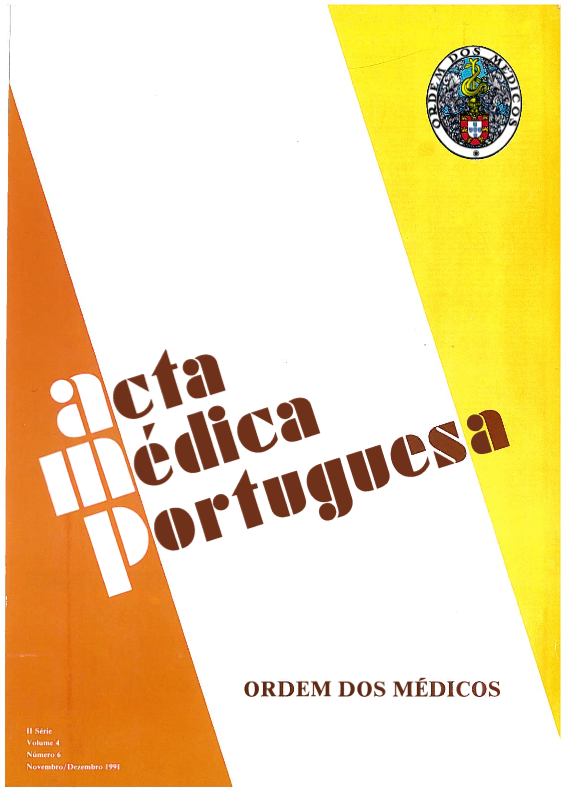Neurophysiologic study of the phrenic nerve.
DOI:
https://doi.org/10.20344/amp.3378Abstract
Phrenic nerve conduction was studied in 19 volunteers using two different percutaneous methods of stimulation, mono and bipolar. A response was obtained in all nerves studied. The results are comparable using mono or bipolar stimulation method. No significant difference in latency, amplitude, or intensity stimulation applied was found between left and right sides. There was no correlation of age or height with the latency. Latencies above 10 ms or differences between right and left above 1.6 ms are abnormal values. We studied two patients with neurological disorders, one of them with Guillain-Barré syndrome and the other with a bulbar form of Amyotrophic Lateral Sclerosis and respiratory failure. Both of them had prolonged conduction time. This method permits reliable analysis of localized phrenic lesions and abnormalities induced in either the phrenic nerveor diaphragm by generalized disease processes.Downloads
Downloads
How to Cite
Issue
Section
License
All the articles published in the AMP are open access and comply with the requirements of funding agencies or academic institutions. The AMP is governed by the terms of the Creative Commons ‘Attribution – Non-Commercial Use - (CC-BY-NC)’ license, regarding the use by third parties.
It is the author’s responsibility to obtain approval for the reproduction of figures, tables, etc. from other publications.
Upon acceptance of an article for publication, the authors will be asked to complete the ICMJE “Copyright Liability and Copyright Sharing Statement “(http://www.actamedicaportuguesa.com/info/AMP-NormasPublicacao.pdf) and the “Declaration of Potential Conflicts of Interest” (http:// www.icmje.org/conflicts-of-interest). An e-mail will be sent to the corresponding author to acknowledge receipt of the manuscript.
After publication, the authors are authorised to make their articles available in repositories of their institutions of origin, as long as they always mention where they were published and according to the Creative Commons license.









